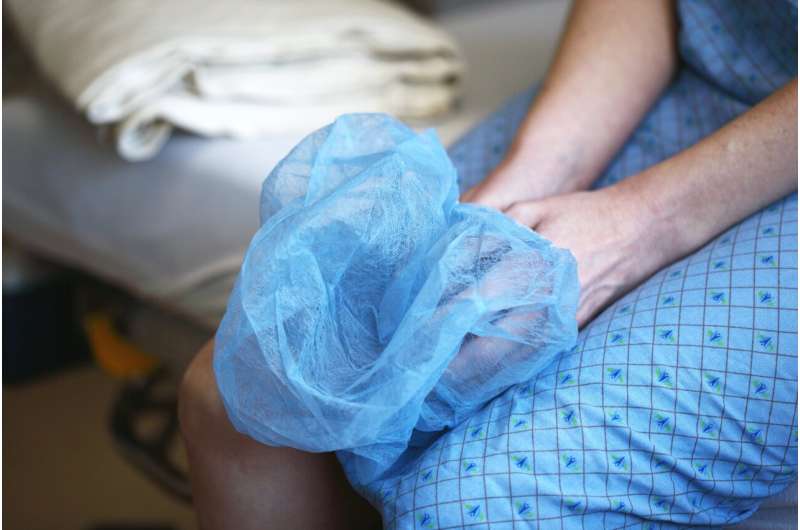Scientists Question the Safety of a Promising New Anticancer Drug

Recent scientific findings challenge the safety and purity of a promising gold-based anticancer treatment, emphasizing the need for further safety evaluations due to the complex mixture of compounds produced during synthesis.
Researchers have raised concerns about the safety and purity of a new class of gold-based anticancer treatments currently under development. These drugs, designed to mimic the well-known chemotherapy agent cisplatin, were thought to be straightforward to synthesize as a single, pure compound. However, recent studies from King's College London and Jagannath University in Bangladesh have revealed that the manufacturing process actually produces a mixture of isomers—molecules with the same elemental composition but different structural arrangements. This discovery challenges over six decades of scientific understanding and pharmaceutical practice regarding these compounds.
The specific focus was on gold(III) dithiocarbamate complexes, which have been considered promising due to their potential to reduce common side effects associated with traditional platinum-based therapies, such as fatigue and hair loss. Despite initial assumptions, the latest analysis showed it is impossible to obtain a pure form of the intended compound under conditions similar to those in the human body. Instead, the production results in a mixture that includes potentially harmful isomers—compounds that may have unknown or adverse biological effects.
This finding is particularly alarming given that some of these isomers are structurally similar to those linked to serious adverse effects, such as the birth defects caused by thalidomide’s isomers in the 1960s. Importantly, the compound in question is not yet in use in clinical settings, but the discovery underscores the urgent need for further safety evaluations before any clinical application.
Lead researcher Dr. David Pugh emphasized that their findings overturn many assumptions in the field. "When we began synthesizing these compounds, we relied on existing literature that suggested a straightforward process. Our results show that the actual chemistry is more complex and potentially hazardous, highlighting the need for thorough testing of toxicity and stability."
The study not only reevaluates previous research but also calls for a cautious approach to developing therapies based on these compounds. As the team advocates for more comprehensive investigations into the safety and biological effects of these mixed isomeric compounds, this work serves as a reminder of the importance of verifying scientific assumptions in drug development.
Source: https://medicalxpress.com/news/2025-05-scientists-safety-potential-anticancer-treatment.html
Stay Updated with Mia's Feed
Get the latest health & wellness insights delivered straight to your inbox.
Related Articles
Summer Cold or COVID-19? Understanding Summer Viruses and the Stratus Variant
Discover how summer viruses like colds, flu, and the COVID-19 Stratus variant circulate during warmer months and learn effective ways to stay protected this season.
New Insights into Reducing Liver Cancer Risk for Individuals with Hepatitis B
Groundbreaking research reveals how combining statin therapy with traditional HBV treatments may lower liver cancer risk by targeting immune dysregulation and environmental carcinogen pathways. Read more about new strategies for preventing hepatocellular carcinoma in hepatitis B patients.
States Take Leadership in Protecting Patients from Medical Debt Amid Federal Policy Rollback
With federal efforts to protect Americans from medical debt waning, states are stepping up to strengthen patient protections, though facing industry opposition and legislative hurdles. Learn how states are shaping the future of medical debt relief.



